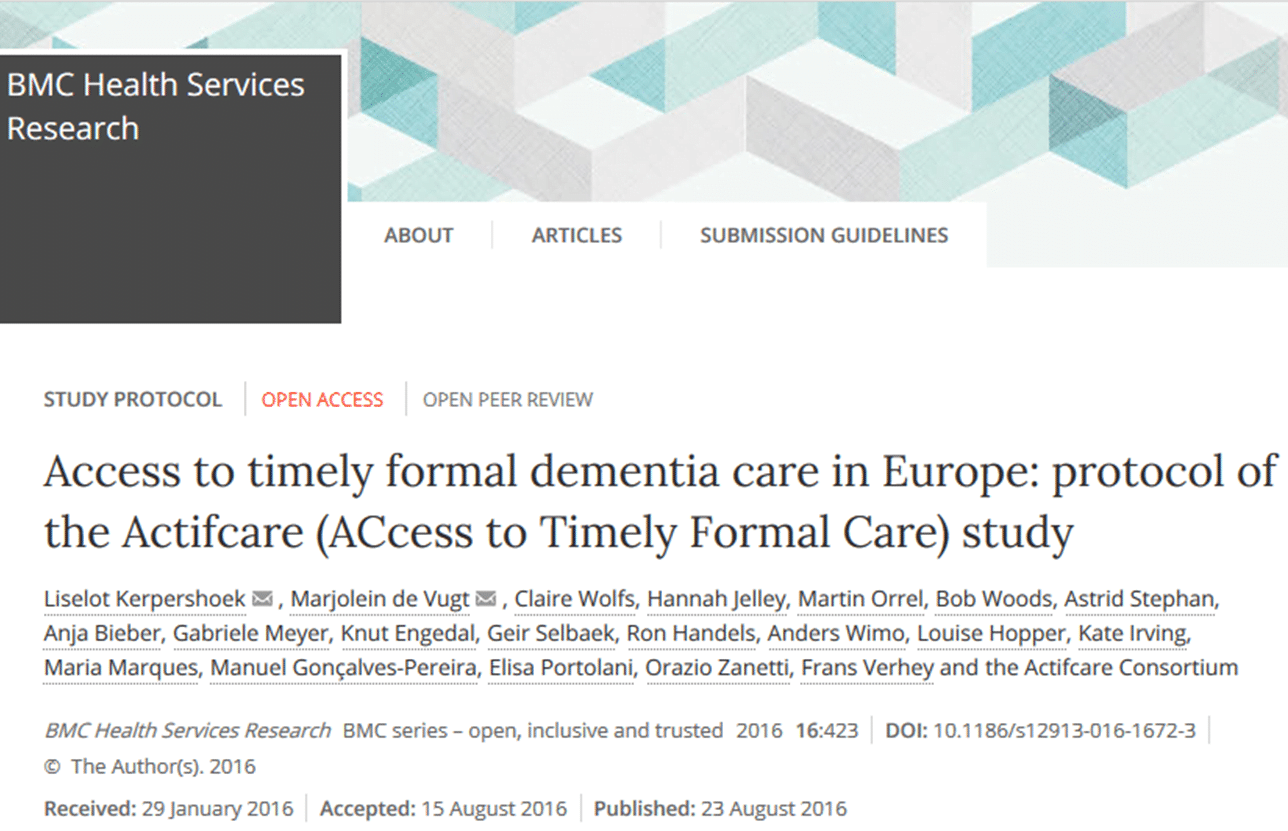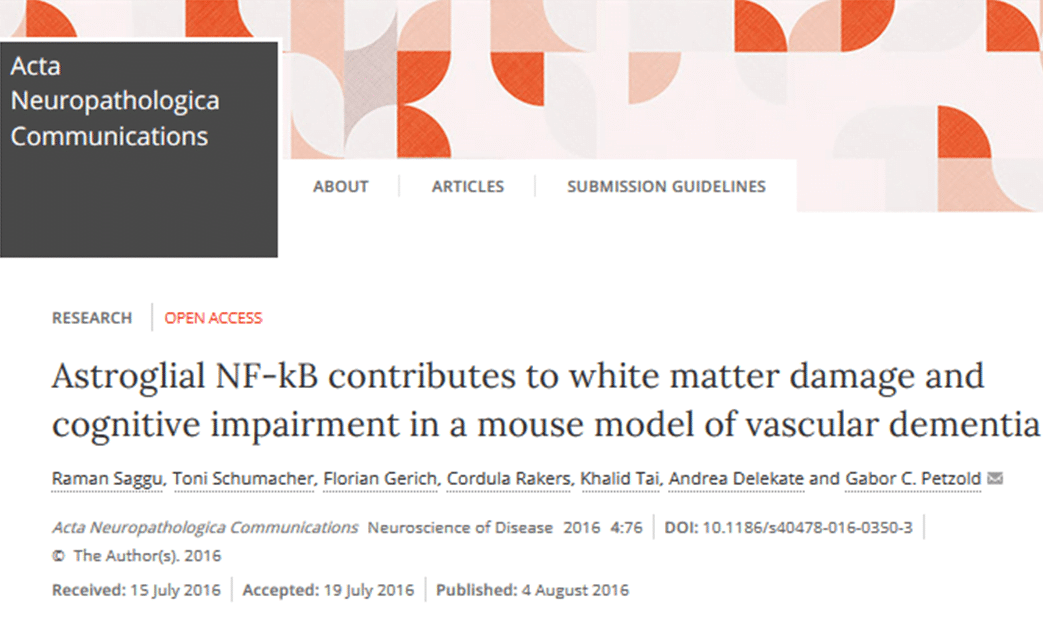A protein complex called Polycomb Repressive Complex 2 (PRC2), which plays a critical role in forming specific classes of nerve cells in the brain during development, also plays an important role in the adult brain where it may contribute to Huntington’s disease and other neurodegenerative disorders, according to a study published in the journal Nature Neuroscience.
The study focuses on epigenetics, the study of changes in the action of human genes caused by molecules that regulate when, where, and to what degree our genetic material is activated. Protein complexes have an important role in the biochemical processes that are associated with the expression of genes. Some help to silence genes, whereas others are involved in the activation of genes. The importance of such complexes is emphasized by the fact that mice cannot live if they do not possess PRC2.
In the striatum, the brain region that regulates voluntary movements, the majority of neurons are called medium spiny neurons (MSNs), so-called because of their spiny appearance. MSNs are further characterized by the expression of a specific set of genes that determines their unique identity and function. Once specified, an MSN’s identity needs to be maintained throughout life in order to ensure normal motor function.
PRC2 is an epigenetic gene regulator that represses or silences a given gene’s expression. While previous research has found PRC2 to be critical for normal brain development, the role of this protein complex in maintaining the specialization and function of adult MSNs had remained a mystery.
To study the role of PRC2 in MSN formation and function, the researchers generated a mouse model that lacks the PRC2 complex specifically in neurons in the forebrain. The research team found that neurons in mice that lack PRC2, including mice that lacked PRC2 in MSNs, showed inappropriate reactivation of genes that are usually turned off in these cells, and inhibited the expression of genes that are usually turned on and which are essential to the MSN’s specific function. The data suggests that PRC2 not only governs the process of brain cell development but also that PRC2 helps to maintain MSNs’ identity into the animal’s adult life and plays an active role in determining whether the neuron should live or die.
Closer examination of the altered genes in the striatum of the mice that lacked PRC2 revealed that many of these genes controlled by PRC2 are those known to control the process whereby brain cells self-destruct. Consistent with this finding, the PRC2-lacking mice showed signs of progressive cell death in the striatum and had smaller brain mass then non-mutant mice. In addition, these mice developed a progressive and fatal neurodegenerative disorder reminiscent of Huntington’s disease in humans, suggesting that disruption of PRC2 may contribute to neurodegenerative disorders.
Paper: „Polycomb repressive complex 2 (PRC2) silences genes responsible for neurodegeneration”
Reprinted from materials provided by Mount Sinai Hospital.





